If your oven has stopped heating, you don’t have to call a technician right away. Most problems are caused by a few easy‑to‑check parts, and with the right tools you can fix them yourself in under an hour. Below you’ll find the most common culprits and a step‑by‑step guide that even a beginner can follow.
The first thing to know is that electric ovens have three main parts that can stop working: the heating element, the thermostat (or temperature sensor), and the power supply. A blown fuse or tripped breaker can also cut power without you realizing it. Look for any burnt smells, visible cracks, or loose wires—these are strong clues that something is wrong.
Another frequent issue is a faulty oven door latch. If the door doesn’t close properly, the oven may stay off as a safety measure. Check the latch for wear and make sure it clicks into place. Finally, a dirty or clogged vent can cause the oven to overheat and shut down, so give the vents a quick clean.
1. Safety first. Unplug the oven or switch off the circuit breaker. Even if you’re only looking at the back, it’s better to be safe than sorry.
2. Test the power. Use a multimeter to check the outlet voltage. You should see around 240 V for a standard UK oven. If the reading is low, reset the breaker or replace a blown fuse before moving on.
3. Inspect the heating element. Open the oven door and locate the element at the bottom or back. Look for any signs of discoloration or breaks. With the oven unplugged, use the multimeter on the resistance setting; a good element reads between 15‑30 Ω. If it’s open circuit (infinite resistance), replace it.
4. Check the thermostat or sensor. The sensor is usually a metal rod inside the oven cavity. Gently pull it out and test resistance; it should change with temperature. If the reading stays flat, the sensor is faulty and needs swapping.
5. Examine wiring connections. Loose or corroded wires can cause intermittent heating. Tighten any loose screws and clean oxidation with a small brush. Make sure all connectors click firmly.
6. Clean vents and door latch. Remove any debris from the vent holes with a vacuum brush. Test the latch by closing the door; you should hear a click. If the latch is broken, a simple replacement clip can solve the problem.
After you’ve checked each part, re‑assemble everything, plug the oven back in, and run a short test cycle at a low temperature. If the oven heats up, you’ve saved yourself a pricey callout. If it still refuses to work, the issue may be deeper—like a control board failure—where calling a professional is the safest bet.
Doing a DIY oven fix doesn’t have to be scary. With a few basic tools—a screwdriver, multimeter, and some patience—you can tackle the most common problems yourself. Keep a small repair kit handy, follow these steps, and you’ll be back to baking, roasting, and grilling in no time.
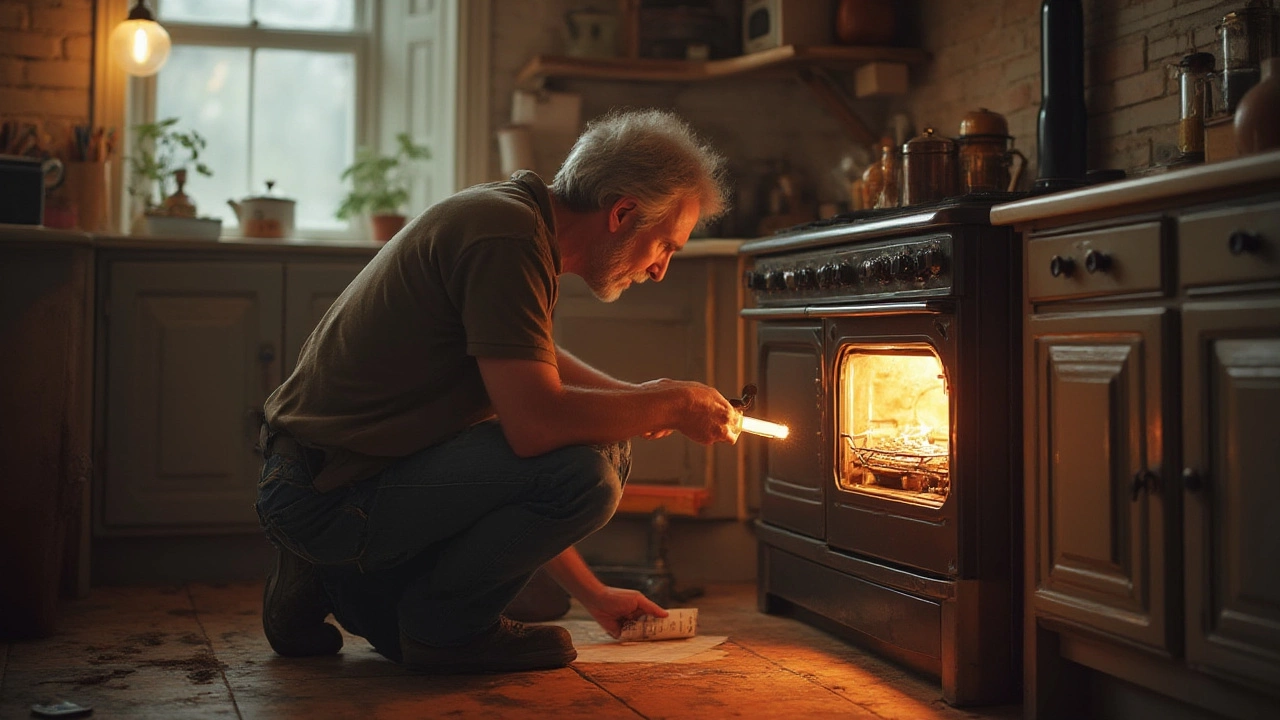
Got a cold oven? Learn if you can swap that faulty heating element yourself, what tools you'll need, and exactly what to watch out for. Easy fixes, with real-life tips.
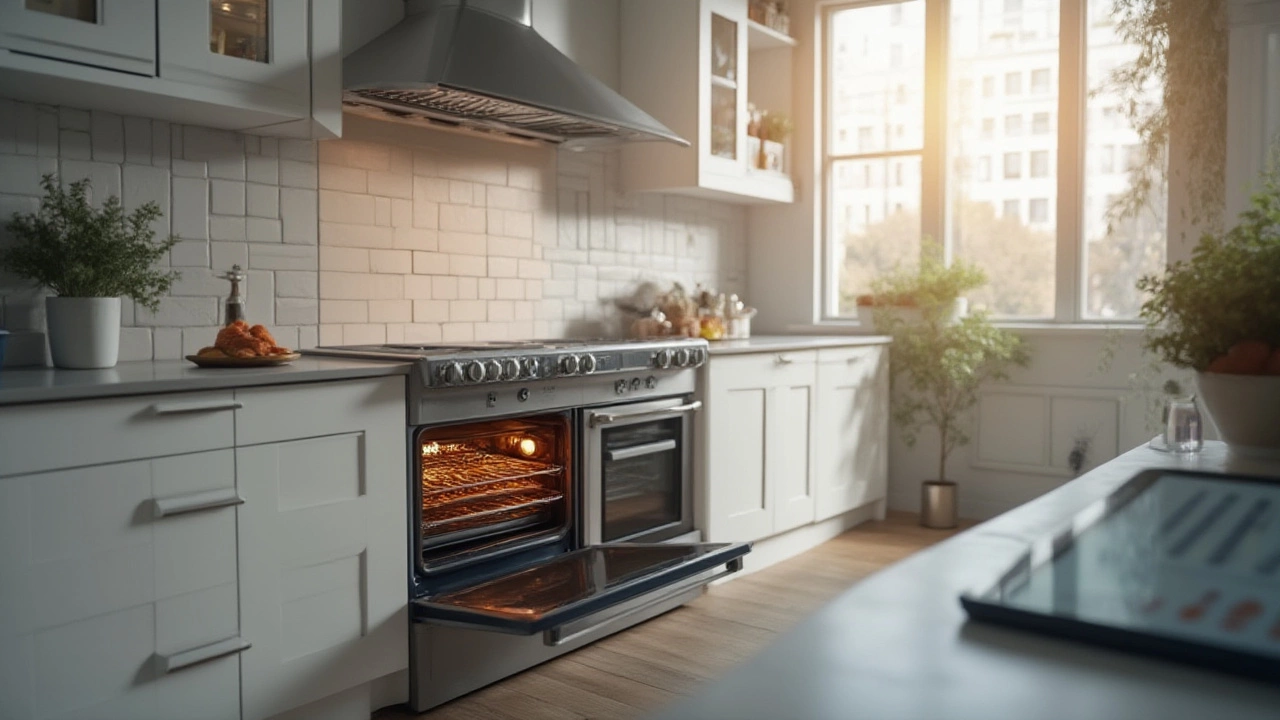
Need to replace your electric oven element? Find out how much it costs, what affects the price, and the best options for repairing your oven in 2025.

Electric ovens can sometimes act up and cause frustration in the kitchen. While not every issue requires a professional, understanding the basic components can save time and money. This guide explores the practicality, challenges, and tips for tackling common oven problems. Whether it's a heating issue or a broken door handle, knowing what to check is crucial. Get insights into the DIY approach to electric oven repair to keep your appliance running smoothly.

Wondering if you should flush or just drain your water heater? This article breaks down the difference, when each method makes sense, and what actually helps your water heater last longer. You'll find practical advice, simple tips, and a few things even pros forget. Discover the truth about tank cleaning—without the jargon or confusion. Your next maintenance day just got a lot less stressful.
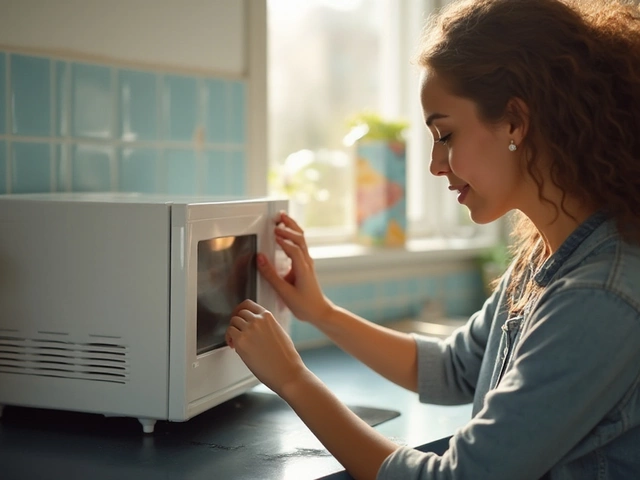
Microwave ovens, essential kitchen appliances for many households, can sometimes fail to operate smoothly. This article dives into the intricacies of microwave repair, exploring common issues, troubleshooting methods, and practical repair tips. Designed for both amateur DIY enthusiasts and curious individuals, the guide offers insights into understanding microwave components and determining when professional help is necessary. Learn the skills needed to fix minor problems and tips to maintain the efficiency of your microwave.

Stuck with a broken extractor fan and not sure what to do next? This article gives you practical ideas for improving air flow in your kitchen or bathroom when the fan is out of action. Learn about effective ways to keep humidity, smells, and condensation under control using simple tools and habits. Discover the pros and cons of each alternative solution so you can pick what fits your place best. Skip the stress and get the facts on dealing with bad ventilation the easy way.
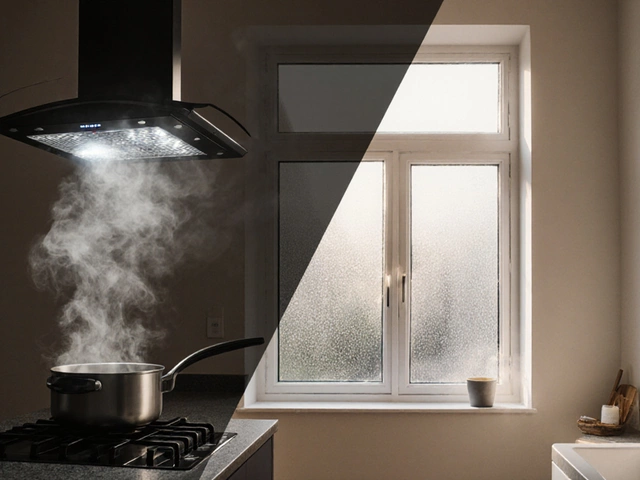
Explore whether you can live without an extractor fan, covering UK regulations, health risks, passive ventilation tricks, dehumidifier use, and when a mechanical fan becomes essential.
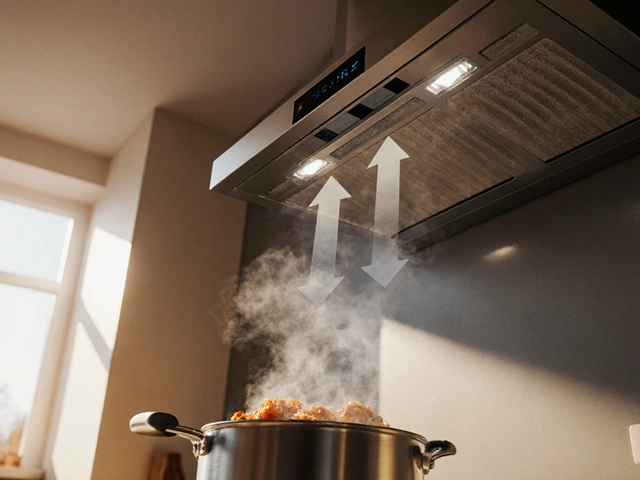
Find out if leaving your extractor fan on is safe, how much energy it uses, and the best practices to protect your home while keeping the kitchen fresh.